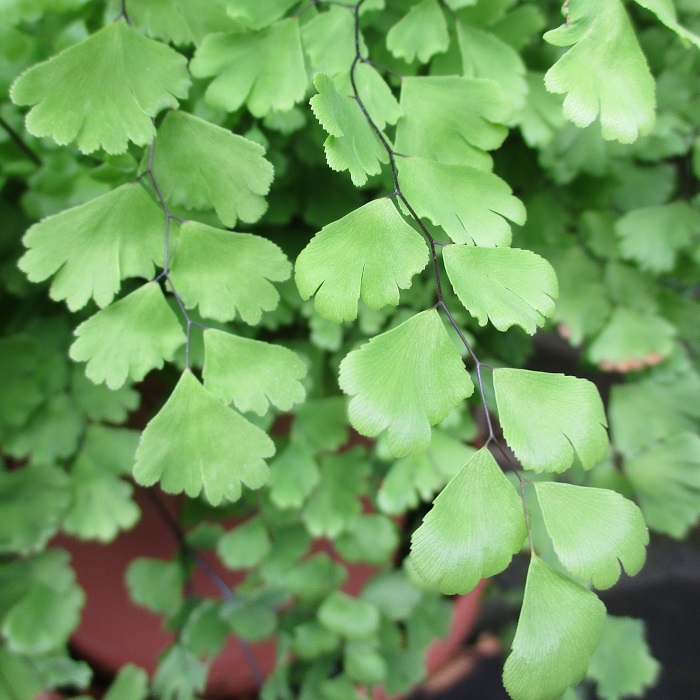UNITED STATES—Many of the most popular plants are expected to bloom to add color and fragrance to the garden. Many others are grown to produce fruit or vegetables. Some are appreciated for their foliar color in autumn. Big trees are grown for shade. Turf grasses are grown as lawn. Evergreen shrubbery makes hedges. It seems that all plants perform particular tasks in the gardens which they inhabit.
Ferns only need to provide rich foliage. They do so very efficiently, with remarkably stylish and distinctive textures, and deep green color. Most ferns are evergreen, so only need to be groomed of their old foliage as it gets replaced by new foliage. Most of the few deciduous ferns are bare only briefly during their respective dormant seasons. Some can grow wild without any grooming at all.
Many ferns are famously tolerant of partial shade that is too dark for many other types of plants. Many are tolerant of confinement, so are happy in pots, planters and small atriums, or under stairs. Some ferns that are tolerant of both shade and confinement are popular as houseplants. Those that get too big or their situations are generally easy to dig and relocate, or divide into more plants.
There are only two species of tree fern that are common here; the Australian tree fern, and the New Zealand tree fern. Australian tree fern is taller with leaner trunks. Tasmanian tree fern is short and stout. These and more rare tree ferns are the only ferns that leave the ground as they develop ‘trunks’ of tightly bundled fibrous roots dispersed through the decayed remains of their rhizomes.
Their rhizomes are just their thick herbaceous stems. Those of tree ferns do not branch into more than a single terminal bud, so they cannot be divided. Rhizomes of most other ferns split into clumps of a few or many individual budded rhizomes, which can be divided if they get too crowded. Leaves that grow from the rhizomes are known as fronds. The fronds of almost all ferns are divided into smaller leaflets known as pinnae, which are suspended by leafstalks known as rachi.
Highlight: Delta maidenhair fern
Some of us might remember Delta maidenhair fern, Adiantum raddianum, as a houseplant that was popular for terrariums in the 1970s and into the 1980s. Although quite happy in terrariums, it eventually gets big enough to crowd other plants in such tight spaces. It prefers to be potted on a porch, or in a regularly watered and sheltered spot in the garden. It tolerates quite a bit of shade.
Regular watering is important to keeping the foliage well hydrated, particularly among potted plants that are unable to disperse their roots into surrounding soil. The stolons below the foliage are not so sensitive, so can regenerate new foliage if partly desiccated old foliage needs to be cut back. They want good rich soil or potting media, and appreciate occasional application of fertilizer.
Individual fronds (leaves) have the potential to get as long as a foot, and half as wide, although they are mostly significantly smaller, and might be only half as long. Each frond is intricately divided into many small leaflets that are almost triangular, except that their out edges are curved and scalloped. Foliage is lighter green than that of most other ferns. Rachi (leafstalks) are black and thin.
Horticulturist Tony Tomeo can be contacted at tonytomeo.com.






